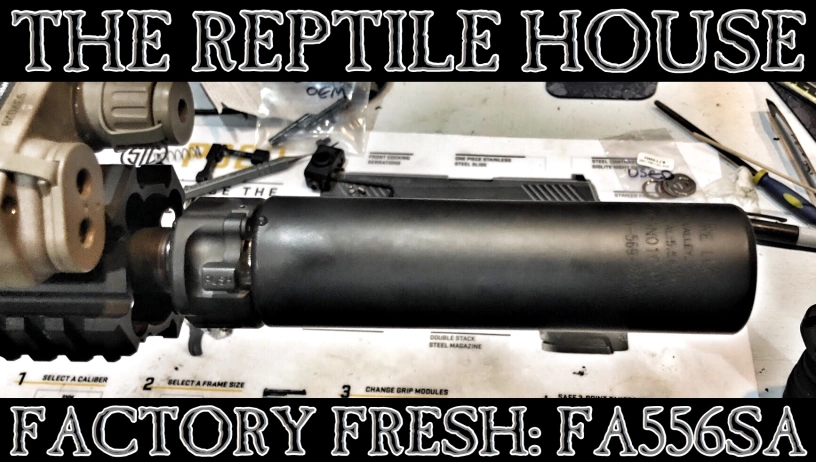Words and pics: HRW
In my quest to clone the L119A1 and L119A2, I have been searching out the appropriate ancillaries used on these guns.
It has brought me into contact with some very interesting individuals in the firearms industry, which is allowing me to create clone rifles as if fresh from the factory. I am also finding out more about the vendors’ side of the supply chain for these weapons. As such I have adopted a different doctrine to most in the firearms and impression communities when it comes to cloning a rifle.
In this article, I am specifically referring to the Surefire suppressor (*see trivia note at the end) which is shipped for use with the Colt Canada L119A2. I hope to answer some of the questions we’ve all had about this most elusive item.
A lot of the parts used in the A2 are specific to the UK MOD. This makes them harder than most for the consumer to obtain. In addition, products used which are also offered in the manufacturers’ consumer product line may become ‘legacy’ during the course of the supply contract. These are kept ‘current’ by manufacturers, because the contract states that only a specific product may be delivered; but they are then only supplied to the MOD, not consumers. Other times, products may be updated with new technology but might keep their ‘legacy’ stock number.
Some examples of these nuances within the L119 supply chain are: the ACOG sight – a UK-specific build, which removes the Bible scripture seen on the US product; and the Surefire products – which in the case of the L119A2 are the M620V Scout series light, the 216A flash hider and the FA556SA suppressor.
Recently I was lucky enough to find just the right person in Surefire and ask some burning questions at just the right time; securing for my own use a handful of the correct flash hiders and suppressors, as per Surefire’s UK contract.
The flash hider is the FH556-216A and this this how it looks on Surefire’s website:

The suppressor is the FA556SA and this is how it looks on Surefire’s website:
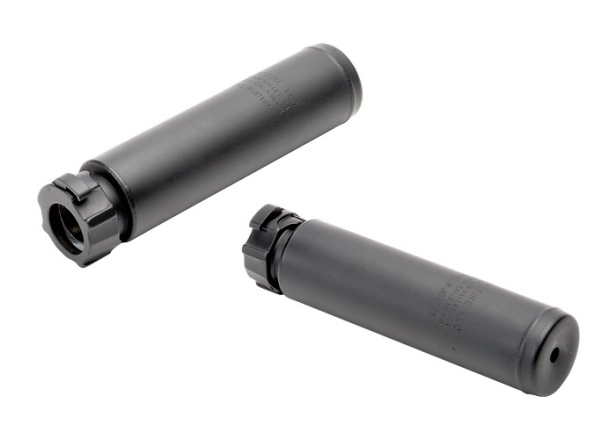
Note the visible weld line at the front of the can and the size and shape of the locking collar at the rear. We’ll come back to the look of the can later.
I received three suppressors, all with sequential serials and, according to my contact, all from Surefire’s UK-bound production line. So I would say these are as close as one can get to a ‘real’ UKSF suppressor (although of course mine never made it to the UK, I intercepted them here in the USA).
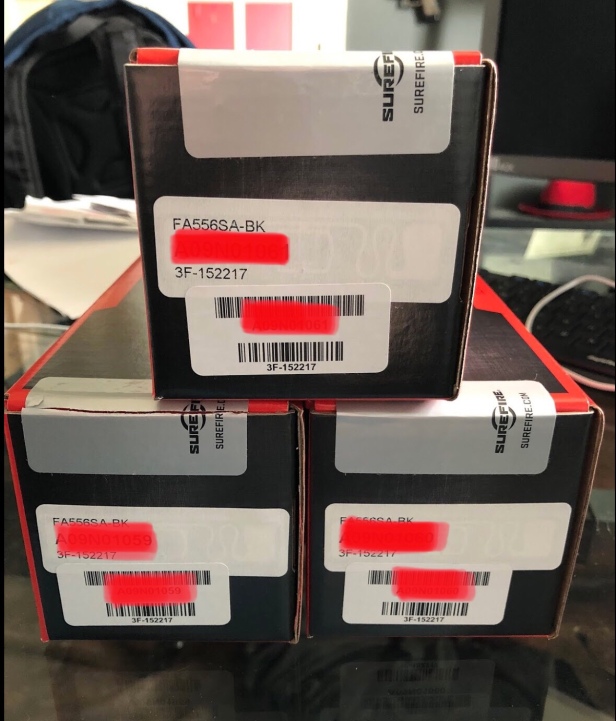
Starting with the flash hider, this is one of the older designs released by Surefire, before its newer SOCOM line. The 216A flash hider is iconic: it is one of the longest standing and most recognizable parts of the L119 series rifles.
It uses an interesting indexing system whereby a male lug internal to the suppressor is designed to interface with a female slot on the flash hider itself (of which there are four). Once the suppressor is in place, a locking collar is rotated – which is an eccentric cam – that locks the suppressor body to the flash hider.


Correctly fitting the flash hider is incredibly important for repeatability and accuracy. The flash hider ships with a shim pack, a timing wheel and a small tube of Rocksett, which is a heat resistant glue.
The first thing you must do is fit the large bevelled shim. This gives a flat surface against the barrel for the flash hider to index against. The barrel shoulder itself has a bevel – which creates a poor surface for perfect alignment. Once the large shim is in place, you test fit the flash hider and use the timing wheel to determine which shims to use to ensure alignment of the flash hider. For the 216A, correct alignment is where the text is on top of the barrel and the wrench flats are perfectly vertical.
In my case, I needed two red coloured shims and then I was able to semi-permanently affix the flash hider with the Rocksett. It is important not to use more than 30 ft.lbs torque when fitting the hider, as you can reduce the accuracy of your barrel with too much torque; it will compress the bore of the barrel slightly.

It is interesting to note that the 216A flash hider and associated systems are Simon/GREM compatible. The Simon grenade is a rifle mounted high explosive grenade designed for barrier entry.
Moving on to the suppressor itself, since its adoption It has been recorded as NSN 1005-01-569-2266 with the Surefire designation of FA556SA. This is where things get really interesting. With the original suppressors you see a 6″ long unit, with a highly visible weld about .5cm back from the front face; plus a locking collar with wide gaps and somewhat sharp edges.
Surefire’s pic again:
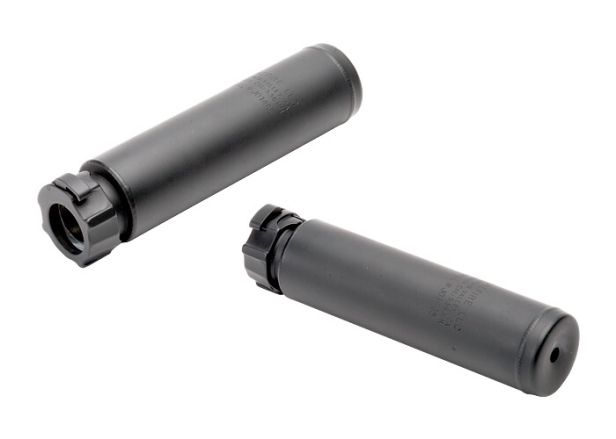
When I ordered my suppressors, this is what I thought I was getting. What that suppressor is, is an FA556-212 suppressor with a modified attachment system to work with the 216A flash hider.
What I actually got is something that appears to be a mix between a modern SOCOM suppressor and the 556SA. It has a 556SA style front face with a very slight, almost imperceptible, weld for the front cap…

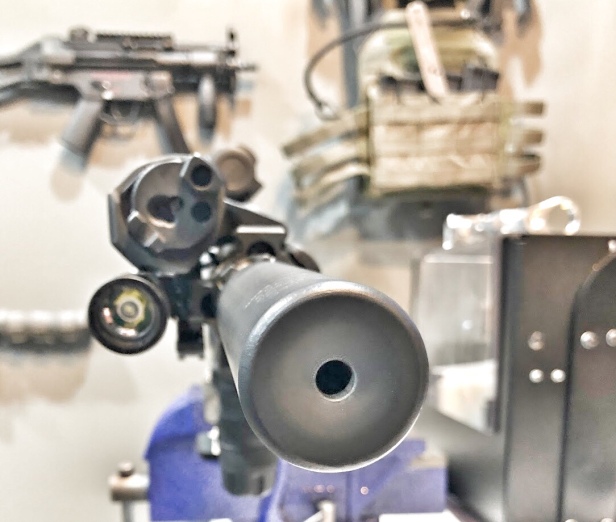

…and a SOCOM style locking collar which is wider, has an improved release tab, and exhibits very rounded edges.
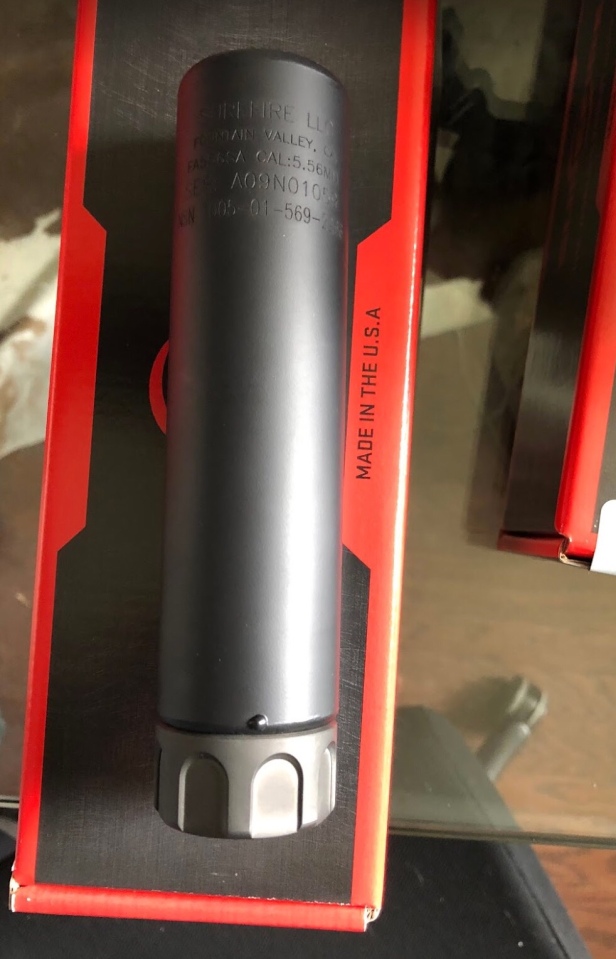
I do not know at this time if the SOCOM-improved baffle stack has made its way into this unit, or if it retains the older 212 style baffle stack.
The suppressors continue to be laser marked with the make, model and NSN as always.
A feature which is different to my current knowledge of Surefire suppressors: there is pressure weld present, which is a safety feature.



Now, for use I have a real L119A2 upper so I obviously fitted the flash hider and suppressor and went shooting.

It should be noted that fitting a suppressor increases back-pressure within the gun and causes a lot more carbon to come back into the operating mechanism. Many modern guns have two-position gas ports, one which is fully open for standard use, and one for use with a suppressor. The latter is considerably smaller and allows a lot less gas to flow.
Upon fitting there is considerable rotational movement of the suppressor. This was endemic to the prior generation of Surefire suppressors and it does not exist in the current gen SOCOM RC or RC2 units. It should not, however, affect the accuracy of the rifle at any noticeable level from 0-300 yards.
Using 4.0g/62gr NATO ammunition (better known as M855/SS109) I would say that the factory L119A2 upper with suppressor fitted is over-gassed. Within 2-3 shots enough gas was produced that even with eye protection it started to sting my eyes.
The design of the upper is such that it gets very hot very quickly near the gas block, and as an example the zip ties used to hold my IR Illuminator cables started to get loose and sticky.
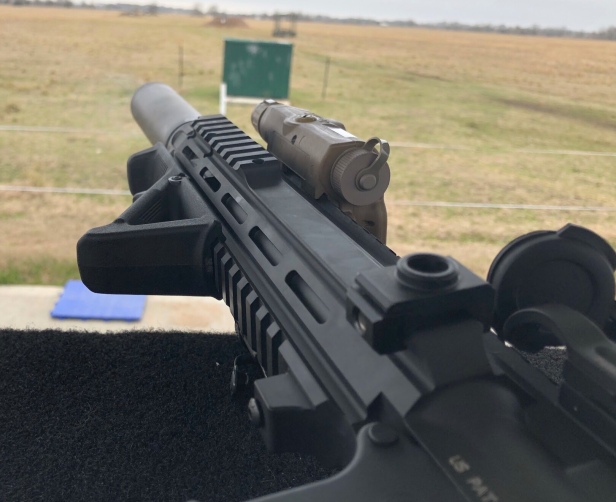
It was quickly evident that with suppressor use, the rubber handguard accessory from Colt Canada would be a very useful addition to the gun!
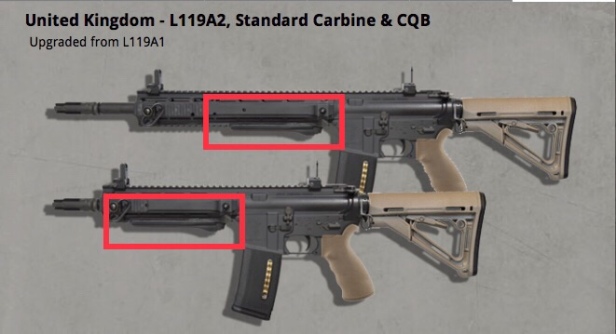
In order to solve the problem for me and to keep the gun a shooter instead of a wall hanger, I modified the bolt carrier group and replaced the carrier key with an adjustable one. The adjustable carrier key allows you to open or close the gas port and change the amount of gas coming back into the system. I can now adjust the gun so that just enough gas flows in order for it to reliably operate; and this will reduce/eliminate the excess gas blowback.
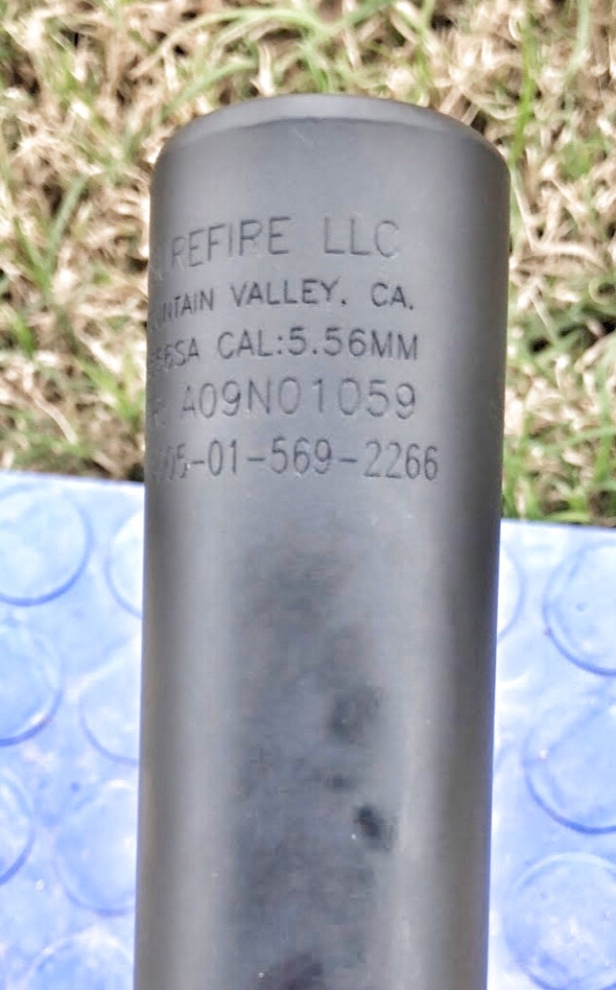

Interestingly, this solution was first suggested to me by Karl Lewis of LMT when I found a similar issue when using high pressure ammunition in the L129A1. With adjustments to the gas, the A2 is shooting a lot better and it is a lot cleaner.
Overall, I hope the information has been useful and that this has served as an industry view into the suppressor for the L119 series rifles.
*A little bit of trivia here, although ‘suppressor’ is the most commonly used term, ‘can’ is almost as common but ‘silencer’ could also be used. Percy Hiram Maxim is credited with the original US patent for a device silencing the noise of a gun report:
https://www.google.com/patents/US1482805
Surefire themselves refer to both suppressors and silencers, e.g.:
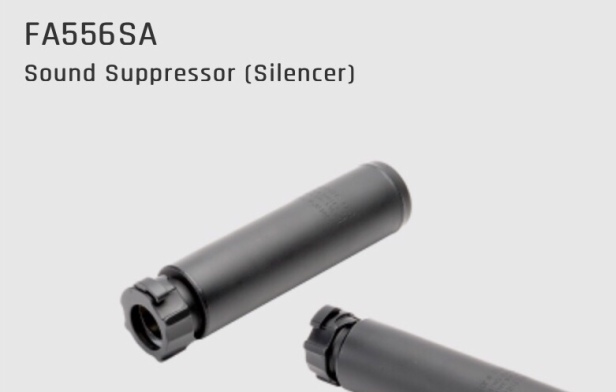
HRW
You can read HRW’s take on the 2016 CTSFO Sig Sauer MCX here.
Also, check out Kit Badger’s Surefire 556 suppressor run down:
More articles relating to the L119A2:
- The Comprehensive UKSF (SAS/SBS) L119A2 Parts and Accessories List
- The original L119A2 primer, here
- GG&G AR15 vertical fore-grip in use here
- Magpul QDM and ASAP QD in use here
- 15.7″ L119A2 upper in use here
- Surefire FA556SA Suppressor here
- GG&G Aimpoint T1 mount in use here
- Magpul MS3 sling in use here
- Magpul ACS stock in use here
- Colt Canada parts – as used on the L119A2 – here
- Manta Very Low Profile Rail Covers as used on the L119A2 here
- UKSF Newcastle raid pics part 1
- UKSF Newcastle raid pics part 2
- UKSF Nairobi Kenya incident L119A2 parts breakdown here
- UKSF Belize ‘Jungle Set-up’ L119A2 parts breakdown here
- Confirmation bias (and the HSP Thorntail offset light mount) here
- UKSF Ecosystem: S&S Precision Sling Clip – Old Gen – here
- Inforce WML-type lights in use here
Follow The Reptile House Blog on Facebook and Instagram
 Obi Wan Nairobi patch from Platatac
Obi Wan Nairobi patch from Platatac

